Photo
[Starting date]
|
"NAME" of mini season
the sun's position, climate and seasonal events.
|
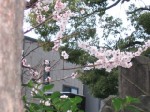
[Feb.04]
|
"RISSHUN"
is the period of time when the sun moves from 315 degree to
330 degree on the ecliptic,
The first day of this period is the beginning of spring
according to the calendar.
"SETSUBUN" festivals are held at temples the day before.
|
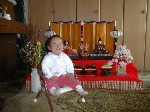
[Feb.19]
|
"USUI"
is the period of time when the sun moves from 330 degree to
345 degree on the ecliptic,
The rain falls in place of snow according to the calendar.
Snow falls at Kanto and Tokai area in this period of time.
"Haru-Ichiban"(south-east wind) blows.
"MOMO-NO-SEKKU"(or "Hina-matsuri") festival is held for
Small girls' happiness.
"Ume-Matsuri" (plum flower viewing)festival is held at
Mito city.
|
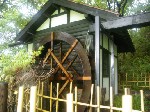
[Mar.06]
|
"KEICHITSU"
is the period of time when the sun moves from 345 degree to
0 degree on the ecliptic,
Insects open their exits and come out of hibernation.
They surface from the ground.
Peach blossoms begin to bloom.
"OMIZUTORI" festival is held at Nara Todaiji Temple,
has continued for over 1250 years.
|
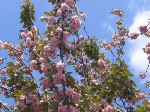
[Mar.21]
|
"SHUMBUN"
is the period of time when the sun moves from 0 degree to
15 degree on the ecliptic,
The sun crosses the equator from the south hemisphere to
the north hemisphere.
The period of "Shumbun" starts at the "vernal equinox day"
which is the beginning of a year according to the calendar.
The first day of "Shumbun" period is declared a national holiday.
We visit our family graves to pray to our ancestors.
|
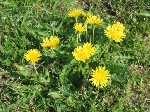
[Apr.05]
|
"SEIMEI"
is the period of time when the sun moves from 15 degree to
30 degree on the ecliptic,
It feels clear and brilliant.
Swallows migrate from southern islands, geese return to
the northern territories according to the calendar.
"Hana-matsuri" is held at temple to pray to Budda.
|
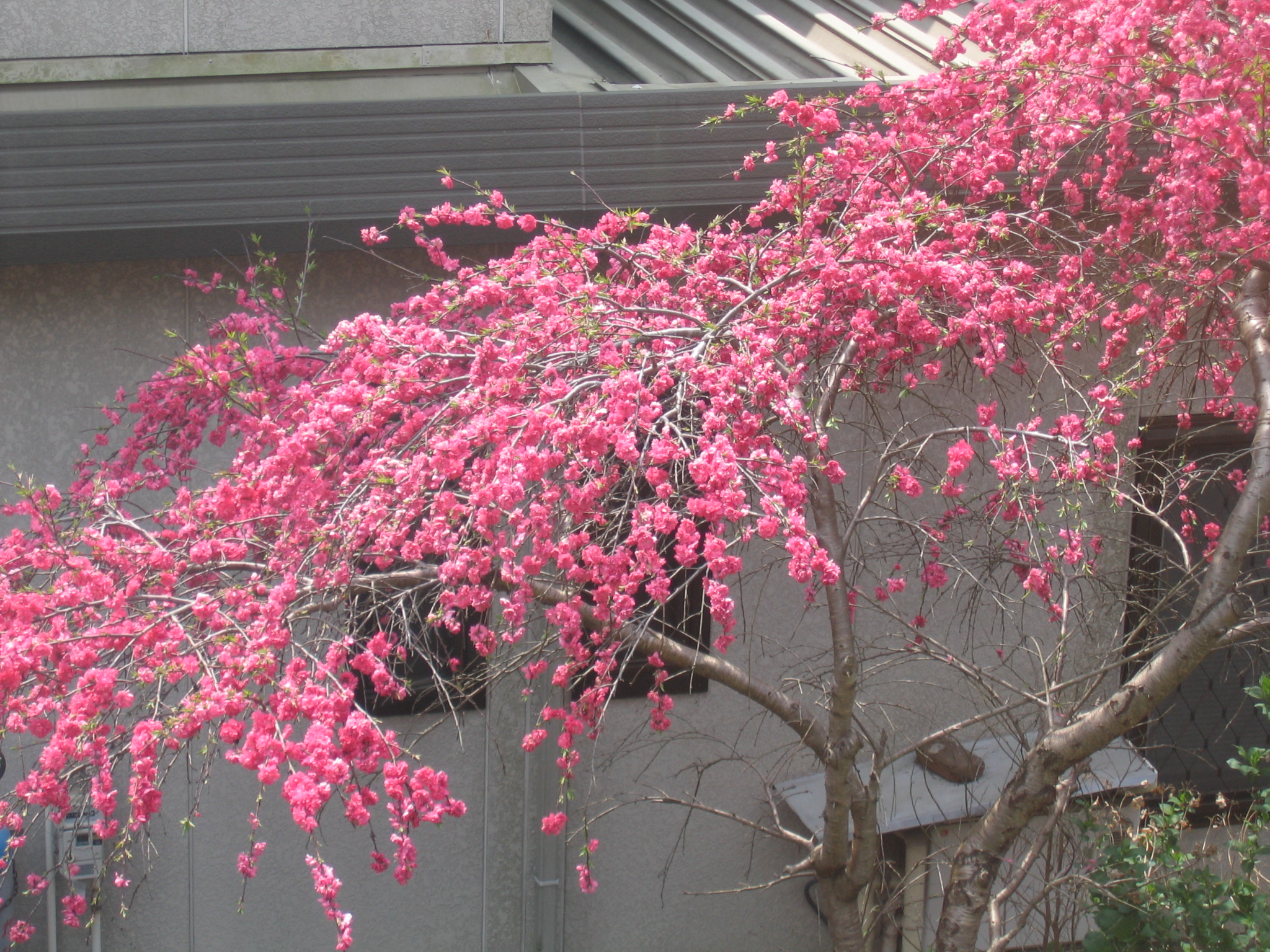
[Apr.20]
|
"KOKUU"
is the period of time when the sun moves from 30 degree to
45 degree on the ecliptic,
It rains for crops.
A front is stationed alongside southern Japan.
|
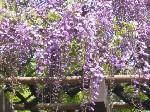
[May.05]
|
"RIKKA"
is the period of time when the sun moves from 45 degree to
60 degree on the ecliptic,
The first day of this period is the beginning of summer
according to the calendar.
We celebrate "Children's day" especially for small boys.
carp streamers are high over the roofs of country side houses.
|
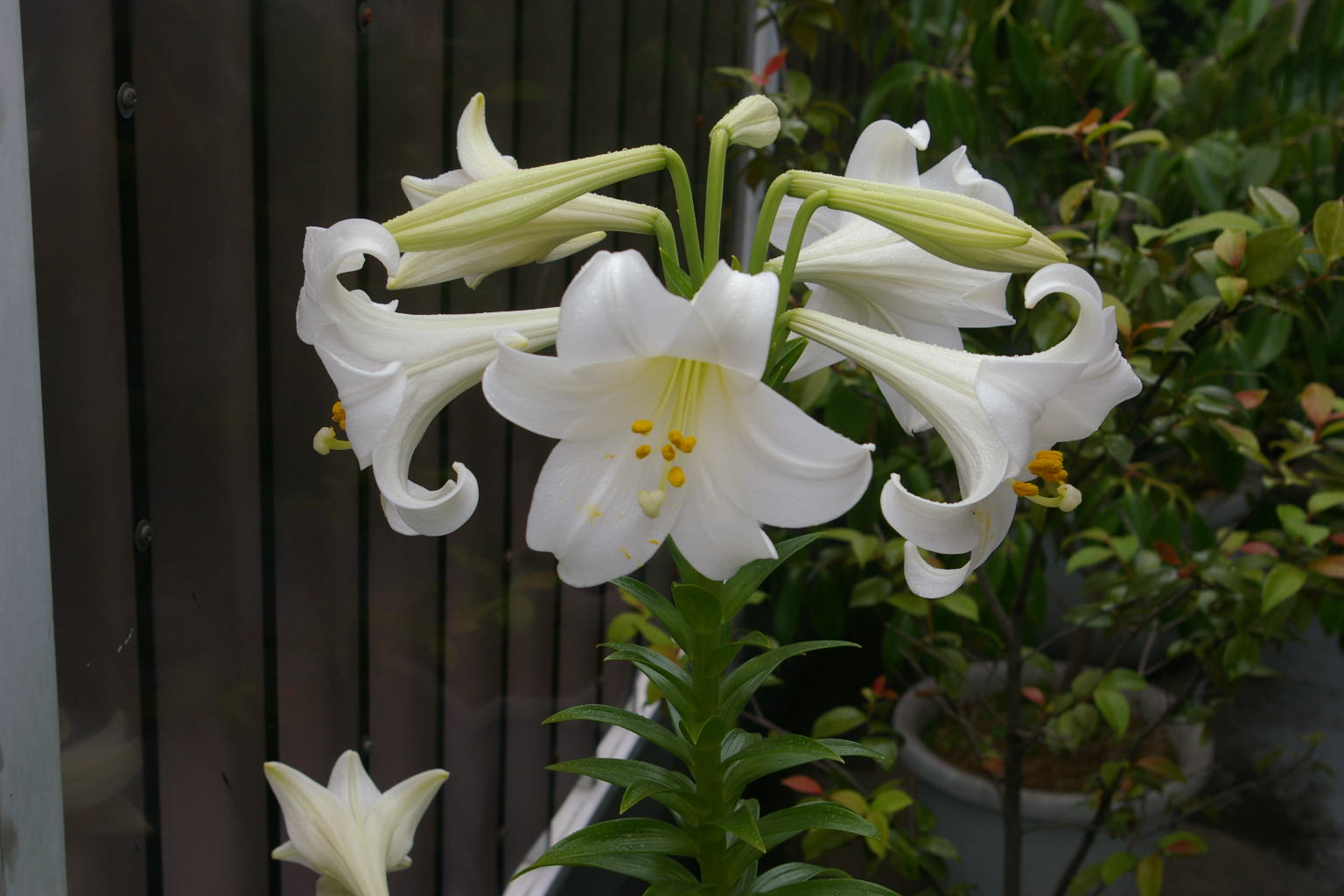
[May.20]
|
"SHOUMAN"
is the period of time when the sun moves from 60 degree to
75 degree on the ecliptic,
All things, grass and trees, begin to grow
and cover the ground.
Farmers get ready to harvest ripe wheat.
|
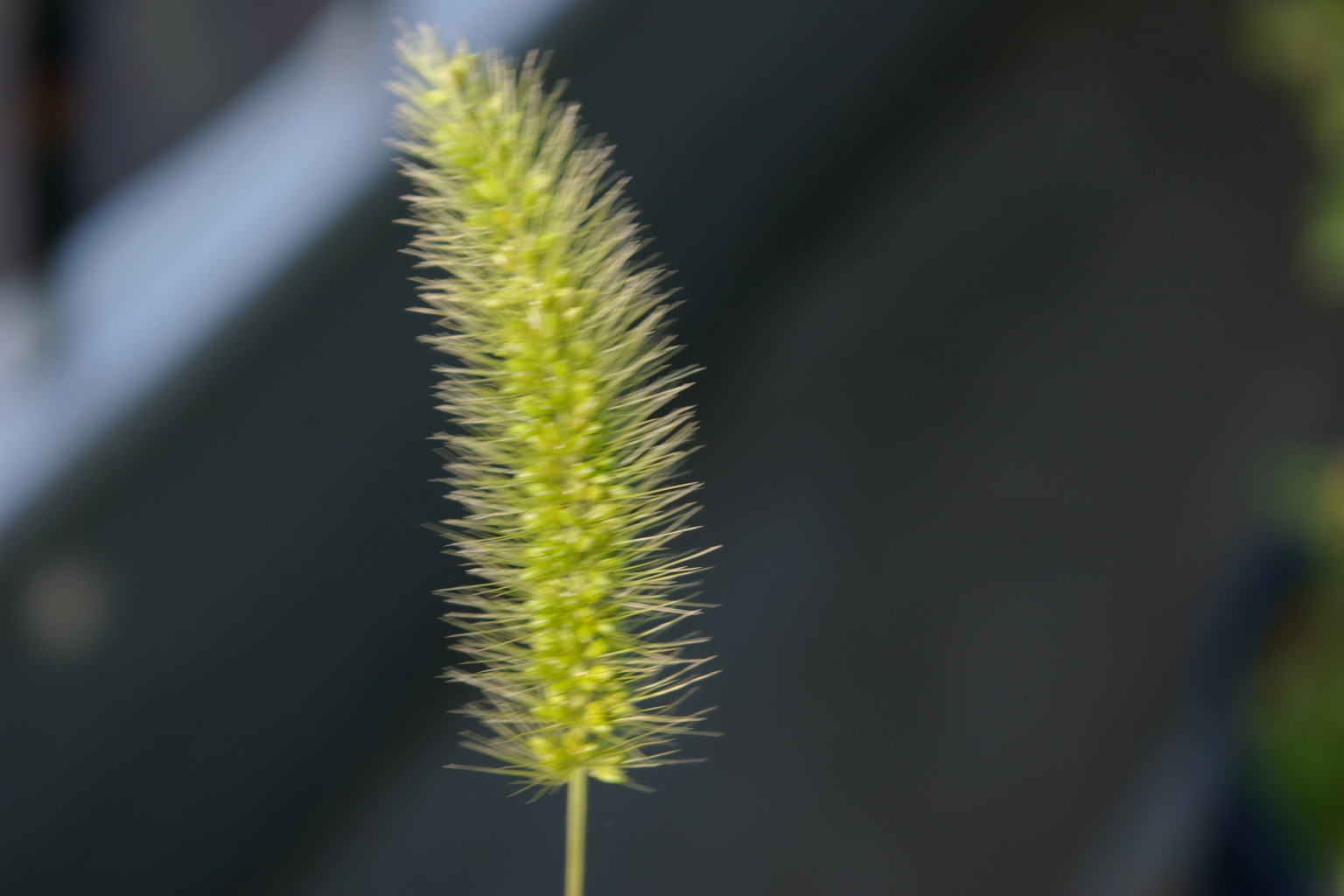
[Jun.05]
|
"BOUSHU"
is the period of time when the sun moves from 75 degree to
90 degree on the ecliptic,
It is time to begin to plant rice seeds.
"Baiu zensen" (a kind of stationary front) becomes active
over Japan island.
|
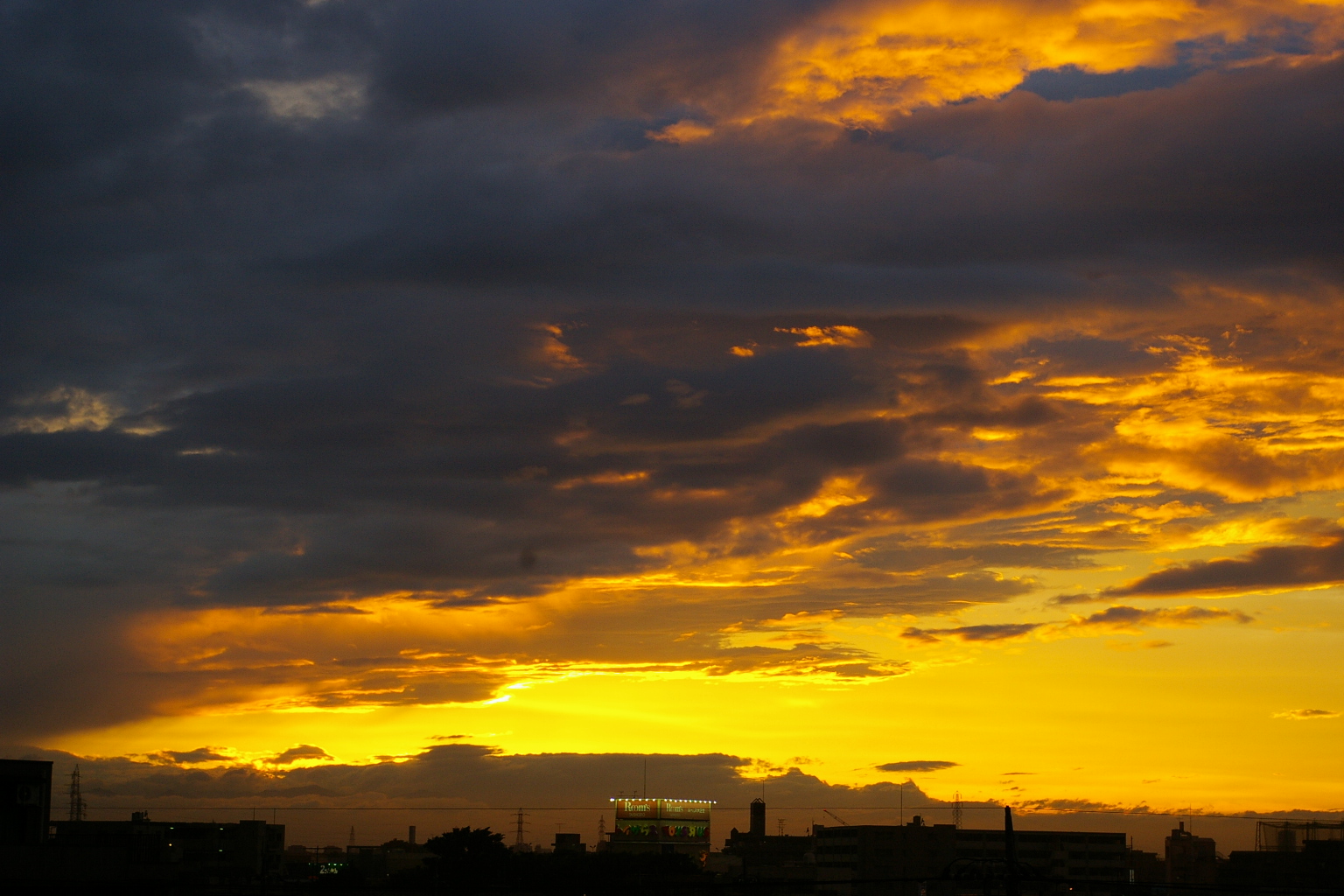
[Jun.21]
|
"GESHI"
is the period of time when the sun moves from 90 degree to
105 degree on the ecliptic,
The first day of this period is the summer solstice.
The sun reaches it's northern most position on it's ecliptic.
We experience the longest day of the year.
Farmers are at their busiest planting rice.
|
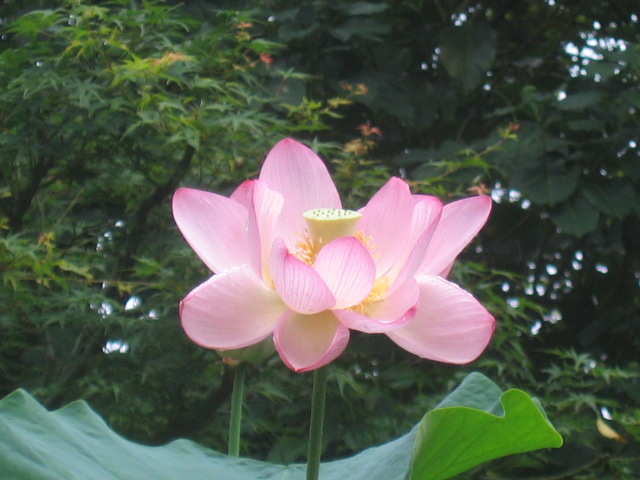
[Jul.05]
|
"SHOUSHO"
is the period of time when the sun moves from 105 degree to
120 degree on the ecliptic,
It is getting hotter.
The rainy season has reached an end.
Lotus flowers start to bloom according to the calendar.
|
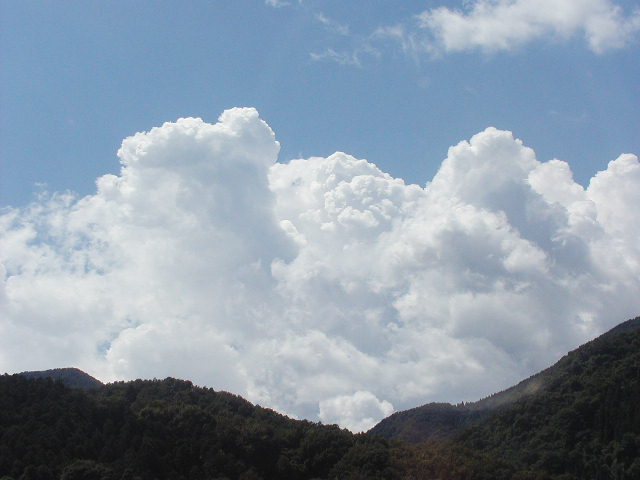
[Jul.21]
|
"TAISHO"
is the period of time when the sun moves from 120 degree to
135 degree on the ecliptic,
It is the hottest period of a year according to the calendar.
(The actual hottest dates come one month later.)
|
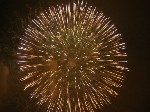
[Aug.05]
| "RISSHUU"
is the period of time when the sun moves from 135 degree to
150 degree on the ecliptic,
The first day of this period is the beginning of autumn
according to the calendar.
"Tanabata festival" is held at Sendai city to celebrate the
two stars Vega and Alatir.
Many people return to their home town during a nation wide
event "Obon" to meet their parents and ancestors as well.
|
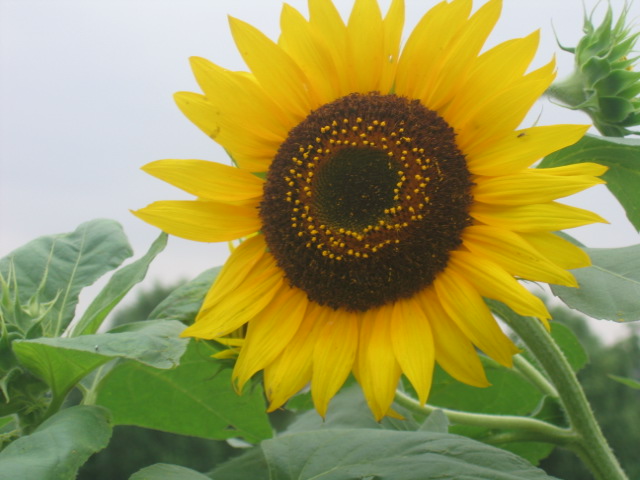
[Aug.21]
|
"SHOSHO"
is the period of time when the sun moves from 150 degree to
165 degree on the ecliptic,
The air temperature stops to rise according to the calendar.
|
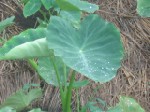
[Sep.05]
|
"HAKURO"
is the period of time when the sun moves from 165 degree to
180 degree on ecliptic,
Wagtails start to sing and swallows migrate south
according to the calendar.
|
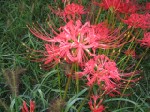
[Sep.21]
|
"SHUUBUN"
is the period of time when the sun moves from 180 degree to
195 degree on the ecliptic,
The sun crosses the equator from the north hemisphere
to the south on the first day of this period.
The period of "Shuubun" starts at the "autumnal equinox day"
which is declared a national holiday.
We visit our family graves to pray to our ancestors.
Farmers get ready to drain water from their rice fields.
"Akisame zensen" or "Shurin zensen" (a kind of stationary front)
becomes active over Japan island.
|

[Oct.05]
|
"KANRO"
is the period of time when the sun moves from 195 degree to
210 degree on the ecliptic,
Crythanthemums start to bloom.
October 10th is a national holiday declared as "Gymnastic Day"
when athletic meetings are held throughtout Japan.
|
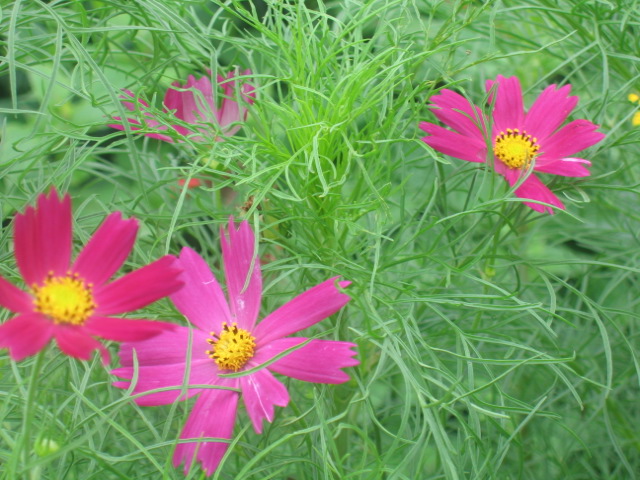
[Oct.21]
|
"SOUKOU"
is the period of time when the sun moves from 210 degree to
225 degree on the ecliptic,
The ground and grass are frosted.
"Niinamesai" is held at Ise shrine.
|
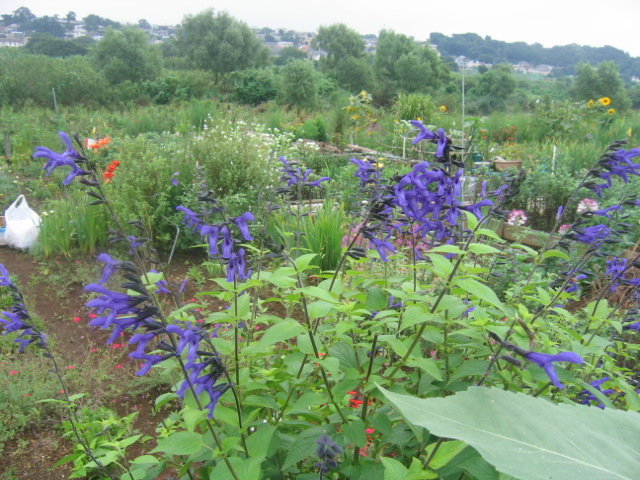
[Nov.05]
|
"RITTOU"
is the period of time when the sun moves from 225 degree to
240 degree on the ecliptic,
The first day of this period is the beginning of winter
according to the calendar.
Cultural exhibitions and meetings are held at various schools.
|
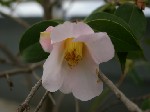
[Nov.21]
|
"SHOUSETSU"
is the period of time when the sun moves from 240 degree to
255 degree on the ecliptic,
Snow falls according to the calendar.
We celebrate "Labor thanksgiving day" declared as a national
holiday.
|
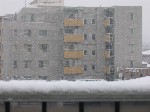
[Dec.05]
|
"TAISETSU"
is the period of time when the sun moves from 255 degree to
270 degree at the ecliptic,
Snow falls heavily according to the calendar.
|
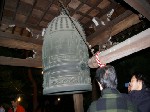
[Dec.21]
|
"TOUJI"
is the period of time when the sun moves from 270 degree to
285 degree on the ecliptic,
The first day of this period is the winter solstice.
We hit "Joya-no-kane" at the last day of a year and visit
shrine to pray for famly's happiness at the first day of
a year.
|
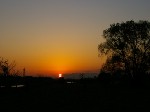
[Jan.05]
|
"SHOUKAN"
is the period of time when the sun moves from 285 degree to
300 degree on the ecliptic,
North wind called "Kogarashi" blows over Japan.
It is getting cold day by day.
"Dezomeshiki" exihibitions are held by fire fighters.
|

[Jan.21]
|
"DAIKAN"
is the period of time when the sun moves from 300 degree to
315 degree on the ecliptic,
We experience the most severe cold days in a year.
"Mamemaki" festivals at temples are held to drive evil
gods away.
|
The indicated date for each mini season varies year by year.
The reason why is the "Vernal equinox day" depends on the sun's
movement on the ecliptic.























